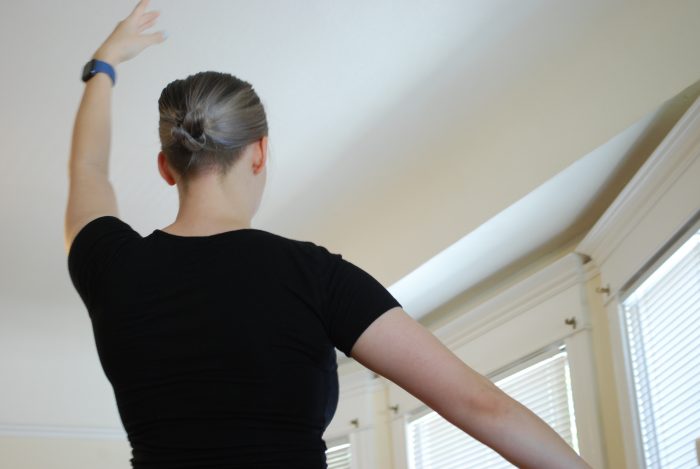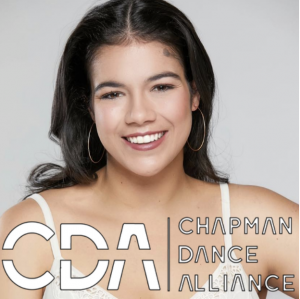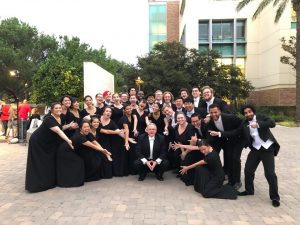
We find ourselves in a time of free dance lessons from international choreographers, free front row tickets to the opera, and live-streamed drawing lessons from premiere artists, all at our fingertips. In the age of social distancing, the internet has made the arts more accessible than ever before, as artists all over the world give away their knowledge to encourage safety at home. As for Chapman University’s performing and visual art students, they are finding themselves exposed to a significantly larger platform for sharing and connecting with the rest of the world.
Despite the cancellation of all in-person classes, Chapman dancers broaden their focus to reach out to the rest of the university, and beyond. Alli Esposito, a senior dance major and the president of Chapman Dance Alliance, has been facilitating online dance classes taught by other students through ZOOM and Instagram Live. The classes are completely free and open to all members of the public, whether they have prior dance training or not.
The Chapman Dance Alliance was created to provide dancers with additional creative opportunities and sharing platforms, according to Esposito. Now more than ever, they are relying on their innate creativity to share their knowledge with people who are curious to learn and to do it completely free of charge. Both dancers and non-dancers alike are given the platform to try out new styles of dance without the financial burden that typically comes with the lesson.

“The situation is definitely not ideal, but it’s been inspiring to see how the community perseveres to continue sharing and creating,” she said.
With the ability to perform on hold, music students find a silver lining in becoming connected to top musicians all over the world. Performances by world-renowned professional ensembles have been uploaded to the internet and utilized by the university to supplement their curriculum. Though it lacks the hands-on aspect of student engagement, Dane Madrigal, junior music major, cannot deny that he is being exposed to the highest caliber of work in music performance.
“This is a disparaging time to be a performer in music, but not to be an educator and a learner,” Madrigal said.

Madrigal has shifted his focus beyond the Chapman bubble in order to return in the future with a new perspective, which he can apply to his education at the university.
The transition to learning in the virtual world has been challenging, even for art students who don’t rely on performance opportunities along with their classes.
Beyond just meeting with Chapman professors over ZOOM, the Art Department has used the platform to connect students to artists and designers who are based in both Los Angeles and out-of-state. Students have also been given the opportunity to present work to be seen outside of Chapman, according to Jeanie Randazzo, Chair of the Department of Art.
“We’ve linked students to resources & encouraged involvement and participation with events, such as the International Sculpture Day, where students submit images of sculptural works, virtual exhibitions, videos, images/information,” Randazzo said.
These unprecedented times have exposed the public to many artistic outlets that wouldn’t typically be featured in the mainstream. Madrigal, who acknowledges the expected unpopularity of evening-length classical music shows, hopes through free exposure, people are able to consume the content in a way that is more easily digested. He hopes that the accessibility to music lessons and prestigious performances remain in everyone’s minds beyond the pandemic, creating long term classical fans in the future.
Esposito expresses a similar desire: that the widespread exposure to dance will continue on afterlife returns to normal now that they have the peoples’ attention.
“I wish that dance could be more accessible to people at every level, whether it be seeing dance or actually doing it,” Esposito said, “Through this model of education, people who wouldn’t invest their money into dance classes are able to participate and join a supportive community.”
Though this is a trying time for individuals who rely on the ability to gather large crowds for exhibits and performances, life within the digital age has allowed for artists to create within the space they’ve been given, while the whole world is watching.
